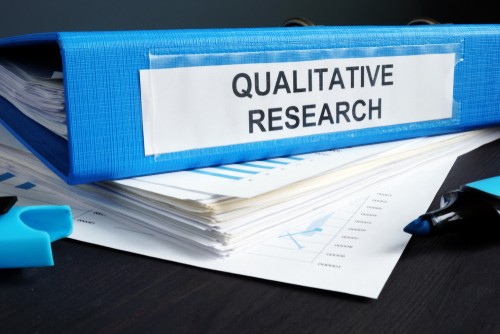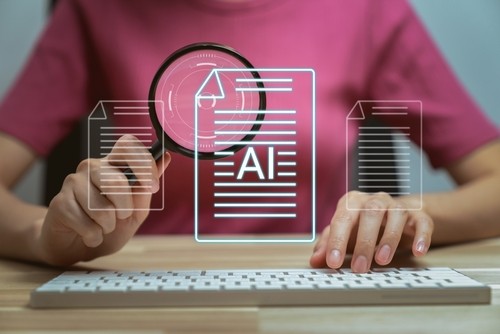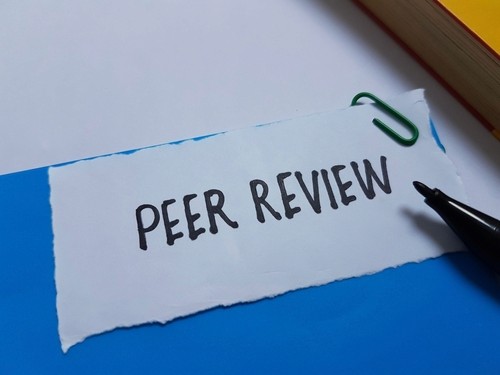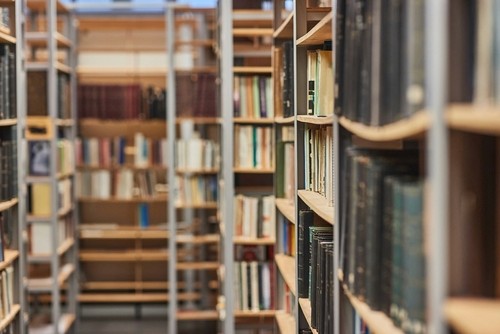Knowledge Centre
Knowledge Centre
All
Insights
News
Articles
Videos
Search articles…

Health Communication
Public & Global Health
Common Design Shortcomings in Written Patient Information
Featured

Health Communication
Public & Global Health
Patient Engagement in the form of Patient Information Leaflets. Has the needle even moved since the 2000s?

Health Communication
Health Promotion
HealthTech
Patient Voice
Public & Global Health
Health Beliefs
The Consequences of the Knowledge Gap

Health Communication
HealthTech
Patient Voice
Public & Global Health
Narrowing the Knowledge Gap between the Pharmaceutical Industry and Their Consumers

Health Communication
Patient Voice
Bridging the Knowledge Gap in Patient Communication in the Provider-Patient Relationship

Health Communication
HealthTech
Patient Voice
Health Beliefs
The Impact of the Knowledge Gap on Patient Well-being

Health Communication
Patient Voice
Face-Sensitive Patient Documentation Across Cultures: Can One Size Fit All?

Health Communication
Patient Voice
Health Beliefs
Face-Sensitive Communication in Pharma: Cultural Impacts on Patient Engagement

Health Communication
HealthTech
Patient Voice
Considerations of ‘Face-Sensitivity’ when Planning Patient-Facing Documentation

Health Communication
Patient Voice
The Blind Spot of Pharma: Information Design as an ‘Unknown Unknown’

Health Communication
Patient Voice
Face Maintenance and Patient Voice in Patient Engagement: The Ideal versus Reality

Health Communication
Patient Voice
Beyond Words: How Face Maintenance Shapes Patient Communication and Engagement

Health Communication
Patient Voice
Can the Pragmatics of Face Maintenance be Mapped onto Patient Engagement Practices?

Patient Voice
Public & Global Health
Health Beliefs
Global Perspectives on Patient Engagement in Clinical Settings

HealthTech
Patient Voice
Patient Engagement in Clinical Practice: what are the key differences between the UK and the USA?

Patient Voice
Health Beliefs
The Cultural Dimensions of Patient Engagement: Challenges for the Pharmaceutical Industry

Health Communication
Patient Voice
Why is Tokenism Rife in the Adoption of Patient Voice Activities?

Health Promotion
Patient Voice
Public & Global Health
The Knowledge Gap between the Medical Establishment and the Patient is a Choice

Patient Voice
Health Beliefs
This Far but No Further: the Cruel Fiction of Patient Empowerment

Health Communication
HealthTech
Patient Voice
The ‘Service Refugee’ Companies Chasing Patient Voice Research: What They Should Know

Health Communication
Health Promotion
HealthTech
Patient Voice
Public & Global Health
Health Beliefs
The Sliding Scale of Sincerity towards the Patient Voice Agenda

Health Communication
HealthTech
Patient Voice
Public & Global Health
Health Beliefs
In Spite of Our Business Model

Health Communication
Health Promotion
Patient Voice
Public & Global Health
Health Beliefs
Linking Up the Silos

Health Communication
Health Promotion
Patient Voice
Public & Global Health
Health Beliefs
A Belated Introduction to Gibson Research Consultancy (GRC)

Patient Voice
Health Beliefs
Challenges of Integrating Patient Voice into Clinical Research in Turkey

Patient Voice
Avoiding Tokenism: Strategies for Meaningful Involvement in Patient and Public Involvement (PPI) Research
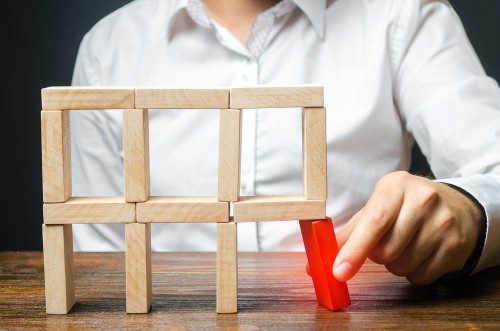
Patient Voice
Why Does Tokenistic Patient and Public Involvement (PPI) in Research Occur?

Patient Voice
Understanding Lived Experience Research: A Person-Centred Approach to Knowledge

Patient Voice
The History of Lived Experience Research and Patient and Public Involvement

Patient Voice
Becoming a Lived Experience Researcher – Or, in Layman’s Terms, Putting the Psycho in Psychology
All
Insights
News
Articles
Videos
Search articles…

Health Communication
Public & Global Health
Common Design Shortcomings in Written Patient Information

Health Communication
Public & Global Health
Patient Engagement in the form of Patient Information Leaflets. Has the needle even moved since the 2000s?

Health Communication
Health Promotion
HealthTech
Patient Voice
Public & Global Health
Health Beliefs
The Consequences of the Knowledge Gap

Health Communication
HealthTech
Patient Voice
Public & Global Health
Narrowing the Knowledge Gap between the Pharmaceutical Industry and Their Consumers

Health Communication
Patient Voice
Bridging the Knowledge Gap in Patient Communication in the Provider-Patient Relationship

Health Communication
HealthTech
Patient Voice
Health Beliefs
The Impact of the Knowledge Gap on Patient Well-being

Health Communication
Patient Voice
Face-Sensitive Patient Documentation Across Cultures: Can One Size Fit All?

Health Communication
Patient Voice
Health Beliefs
Face-Sensitive Communication in Pharma: Cultural Impacts on Patient Engagement

Health Communication
HealthTech
Patient Voice
Considerations of ‘Face-Sensitivity’ when Planning Patient-Facing Documentation

Health Communication
Patient Voice
The Blind Spot of Pharma: Information Design as an ‘Unknown Unknown’

Health Communication
Patient Voice
Face Maintenance and Patient Voice in Patient Engagement: The Ideal versus Reality

Health Communication
Patient Voice
Beyond Words: How Face Maintenance Shapes Patient Communication and Engagement

Health Communication
Patient Voice
Can the Pragmatics of Face Maintenance be Mapped onto Patient Engagement Practices?

Patient Voice
Public & Global Health
Health Beliefs
Global Perspectives on Patient Engagement in Clinical Settings

HealthTech
Patient Voice
Patient Engagement in Clinical Practice: what are the key differences between the UK and the USA?

Patient Voice
Health Beliefs
The Cultural Dimensions of Patient Engagement: Challenges for the Pharmaceutical Industry

Health Communication
Patient Voice
Why is Tokenism Rife in the Adoption of Patient Voice Activities?

Health Promotion
Patient Voice
Public & Global Health
The Knowledge Gap between the Medical Establishment and the Patient is a Choice

Patient Voice
Health Beliefs
This Far but No Further: the Cruel Fiction of Patient Empowerment

Health Communication
HealthTech
Patient Voice
The ‘Service Refugee’ Companies Chasing Patient Voice Research: What They Should Know

Health Communication
Health Promotion
HealthTech
Patient Voice
Public & Global Health
Health Beliefs
The Sliding Scale of Sincerity towards the Patient Voice Agenda

Health Communication
HealthTech
Patient Voice
Public & Global Health
Health Beliefs
In Spite of Our Business Model

Health Communication
Health Promotion
Patient Voice
Public & Global Health
Health Beliefs
Linking Up the Silos

Health Communication
Health Promotion
Patient Voice
Public & Global Health
Health Beliefs
A Belated Introduction to Gibson Research Consultancy (GRC)

Patient Voice
Health Beliefs
Challenges of Integrating Patient Voice into Clinical Research in Turkey

Patient Voice
Avoiding Tokenism: Strategies for Meaningful Involvement in Patient and Public Involvement (PPI) Research

Patient Voice
Why Does Tokenistic Patient and Public Involvement (PPI) in Research Occur?

Patient Voice
Understanding Lived Experience Research: A Person-Centred Approach to Knowledge

Patient Voice
The History of Lived Experience Research and Patient and Public Involvement

Patient Voice
Becoming a Lived Experience Researcher – Or, in Layman’s Terms, Putting the Psycho in Psychology
All
Insights
News
Articles
Videos
Search articles…

Health Communication
Public & Global Health
Common Design Shortcomings in Written Patient Information
Featured

Health Communication
Public & Global Health
Patient Engagement in the form of Patient Information Leaflets. Has the needle even moved since the 2000s?

Health Communication
Health Promotion
HealthTech
Patient Voice
Public & Global Health
Health Beliefs
The Consequences of the Knowledge Gap

Health Communication
HealthTech
Patient Voice
Public & Global Health
Narrowing the Knowledge Gap between the Pharmaceutical Industry and Their Consumers

Health Communication
Patient Voice
Bridging the Knowledge Gap in Patient Communication in the Provider-Patient Relationship

Health Communication
HealthTech
Patient Voice
Health Beliefs
The Impact of the Knowledge Gap on Patient Well-being

Health Communication
Patient Voice
Face-Sensitive Patient Documentation Across Cultures: Can One Size Fit All?

Health Communication
Patient Voice
Health Beliefs
Face-Sensitive Communication in Pharma: Cultural Impacts on Patient Engagement

Health Communication
HealthTech
Patient Voice
Considerations of ‘Face-Sensitivity’ when Planning Patient-Facing Documentation

Health Communication
Patient Voice
The Blind Spot of Pharma: Information Design as an ‘Unknown Unknown’

Health Communication
Patient Voice
Face Maintenance and Patient Voice in Patient Engagement: The Ideal versus Reality

Health Communication
Patient Voice
Beyond Words: How Face Maintenance Shapes Patient Communication and Engagement

Health Communication
Patient Voice
Can the Pragmatics of Face Maintenance be Mapped onto Patient Engagement Practices?

Patient Voice
Public & Global Health
Health Beliefs
Global Perspectives on Patient Engagement in Clinical Settings

HealthTech
Patient Voice
Patient Engagement in Clinical Practice: what are the key differences between the UK and the USA?

Patient Voice
Health Beliefs
The Cultural Dimensions of Patient Engagement: Challenges for the Pharmaceutical Industry

Health Communication
Patient Voice
Why is Tokenism Rife in the Adoption of Patient Voice Activities?

Health Promotion
Patient Voice
Public & Global Health
The Knowledge Gap between the Medical Establishment and the Patient is a Choice

Patient Voice
Health Beliefs
This Far but No Further: the Cruel Fiction of Patient Empowerment

Health Communication
HealthTech
Patient Voice
The ‘Service Refugee’ Companies Chasing Patient Voice Research: What They Should Know

Health Communication
Health Promotion
HealthTech
Patient Voice
Public & Global Health
Health Beliefs
The Sliding Scale of Sincerity towards the Patient Voice Agenda

Health Communication
HealthTech
Patient Voice
Public & Global Health
Health Beliefs
In Spite of Our Business Model

Health Communication
Health Promotion
Patient Voice
Public & Global Health
Health Beliefs
Linking Up the Silos

Health Communication
Health Promotion
Patient Voice
Public & Global Health
Health Beliefs
A Belated Introduction to Gibson Research Consultancy (GRC)

Patient Voice
Health Beliefs
Challenges of Integrating Patient Voice into Clinical Research in Turkey

Patient Voice
Avoiding Tokenism: Strategies for Meaningful Involvement in Patient and Public Involvement (PPI) Research

Patient Voice
Why Does Tokenistic Patient and Public Involvement (PPI) in Research Occur?

Patient Voice
Understanding Lived Experience Research: A Person-Centred Approach to Knowledge

Patient Voice
The History of Lived Experience Research and Patient and Public Involvement

Patient Voice















